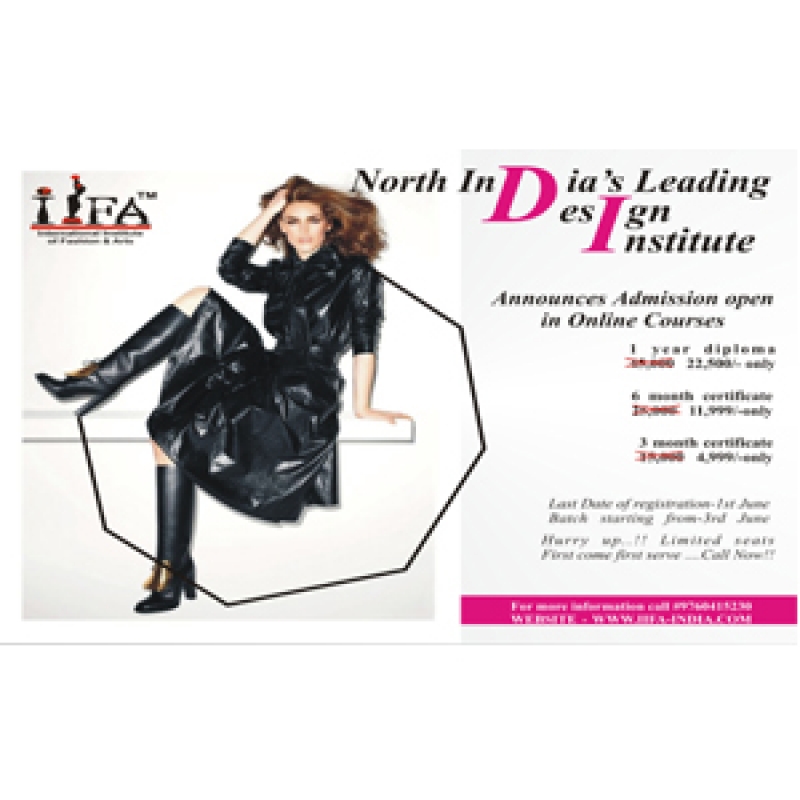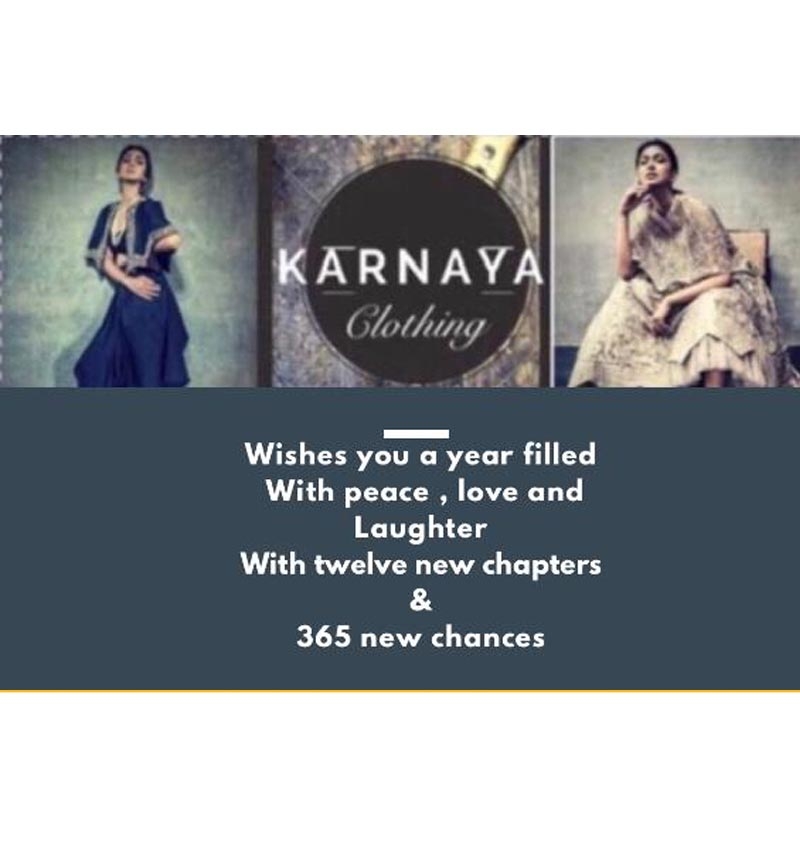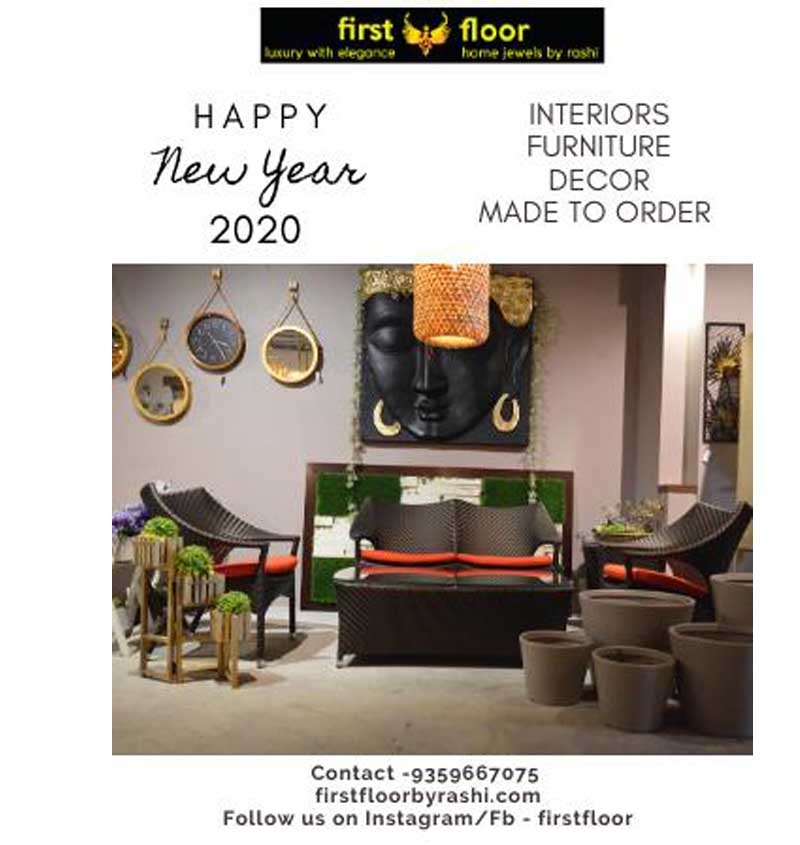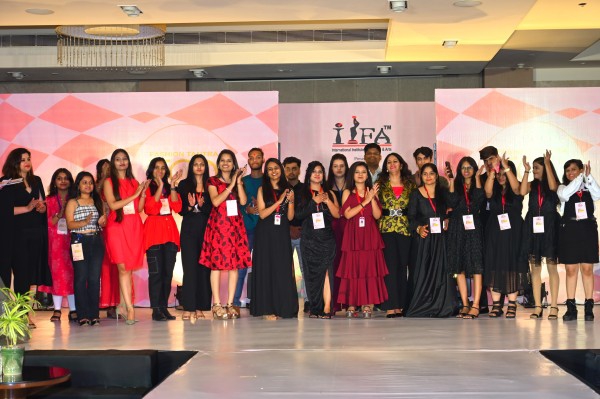What Is a Fashion Influencer?
A fashion influencer is a person who has gained a significant following on social media due to their style, creativity, and ability to engage with their audience. They can range from everyday individuals with a unique sense of style to celebrities or fashion experts with years of experience in the industry. These influencers have a strong influence on consumer behavior, shaping trends, and even altering how brands approach marketing and design.
Fashion influencers typically share content related to clothing, accessories, beauty products, and styling tips. Their platforms allow them to showcase their personal brand and style to a wide audience, often setting new fashion trends or elevating niche trends to mainstream attention.
Social Media: The Birthplace of Fashion Influence
The rise of fashion influencers can be attributed to the explosion of social media. Instagram, with its image-driven nature, became the primary platform where fashion influencers thrived. Its emphasis on visuals gave influencers the space to showcase their outfits, styling skills, and fashion knowledge, all while connecting with followers on a personal level.
Instagram's algorithm, which rewards engagement with increased visibility, allowed influencers to build organic followings without relying on traditional advertising methods. Unlike traditional fashion campaigns, where high-budget advertisements would reach limited or targeted demographics, influencers provided brands with direct access to a highly engaged audience.
TikTok's emergence also played a significant role in shaping the influence of fashion in the digital space. With short-form videos, users could showcase their outfits, participate in challenges, and share styling tips in creative ways, all while tapping into viral trends. TikTok’s algorithm fosters discovery, which allows influencers to gain followers quickly, making it a perfect platform for those wanting to grow their fashion presence.
The Democratization of Fashion
One of the most important aspects of the rise of fashion influencers is the democratization of fashion. In the past, high fashion was largely exclusive—only accessible to those within elite circles or those with considerable financial means. However, fashion influencers have shifted this dynamic.
Through their personal blogs, Instagram accounts, and YouTube channels, influencers have made style more accessible to the masses. Many influencers showcase affordable fashion from fast-fashion retailers or share tips on how to style items in creative ways, encouraging followers to express their unique personalities without breaking the bank.
Additionally, influencers represent a diverse range of body types, ethnicities, and personal styles, further breaking down the barriers of traditional fashion. They promote inclusivity by advocating for size diversity, gender fluidity, and the importance of self-expression, allowing a more expansive definition of beauty and style.
The Impact on Brands and Marketing
The influence of fashion influencers has significantly altered the way fashion brands market their products. Traditional advertising—whether through print ads, television, or runway shows—has been supplemented or, in some cases, replaced by influencer marketing. In fact, many brands now allocate a significant portion of their budgets to influencer partnerships.
By collaborating with influencers, brands gain direct access to their audiences, leveraging the trust influencers have built with their followers. When an influencer promotes a product, their recommendation feels more authentic and personal than traditional ads, leading to higher engagement and better conversion rates. This has made influencer marketing a central pillar of fashion brand strategy.
Moreover, the fashion industry has become more agile thanks to influencers. Influencers help brands gauge what’s trending in real-time, enabling designers and companies to respond faster to shifting tastes. The feedback loop between influencers, brands, and consumers is instantaneous, often leading to quicker production cycles and more relevant collections.
The New Face of Celebrity
Before the rise of influencers, celebrity endorsements were the gold standard for brand partnerships. While celebrities still play a key role in fashion, influencers have become a new form of “celebrity” in their own right. The difference lies in the authenticity and relatability they bring to the table.
Influencers are not just distant figures whose fashion choices are admired; they are often seen as friends or peers by their followers. Many influencers share behind-the-scenes glimpses of their lives, offering a sense of intimacy and connection that traditional celebrities don’t always provide. This relatability makes influencer partnerships feel more authentic to consumers.
Additionally, influencers come from various backgrounds and niches, creating a more personalized relationship with their audiences. Whether it’s a streetwear influencer, a luxury fashion icon, or a sustainable fashion advocate, each influencer appeals to specific communities that brands can tap into for targeted marketing.
Challenges and Controversies
While the influence of fashion influencers has been overwhelmingly positive for many, there are challenges and controversies to navigate. As influencers have become more integrated into brand marketing strategies, there has been a rise in questions about transparency, authenticity, and ethical practices.
One significant concern is the potential for influencers to promote products they don’t genuinely support or use, simply for financial gain. This has led to debates about the ethics of influencer marketing and the need for more disclosure about sponsored content. Additionally, the pressure to constantly produce new content and stay relevant has led some influencers to adopt unhealthy practices, further sparking discussions about mental health and well-being in the influencer space.
Moreover, the rapid pace of influencer-driven trends can sometimes lead to unsustainable consumption patterns, especially in the fast fashion industry. Critics argue that while influencers help democratize style, they may also promote trends that encourage waste and overconsumption.
Conclusion
Fashion influencers have undoubtedly reshaped the fashion landscape, democratizing style and creating new opportunities for both individuals and brands. They have proven that style is no longer reserved for the elite, and that influence comes in many forms. Whether promoting high-end brands or affordable alternatives, fashion influencers have become the bridge between consumers and the fashion world.
In the coming years, we can expect the influence of fashion influencers to continue growing as they adapt to new platforms and technologies. They will continue to challenge the status quo, making fashion more inclusive, diverse, and dynamic than ever before. The future of fashion, it seems, is in the hands of those who understand the power of personal expression and the influence of the digital world.



















Your Message